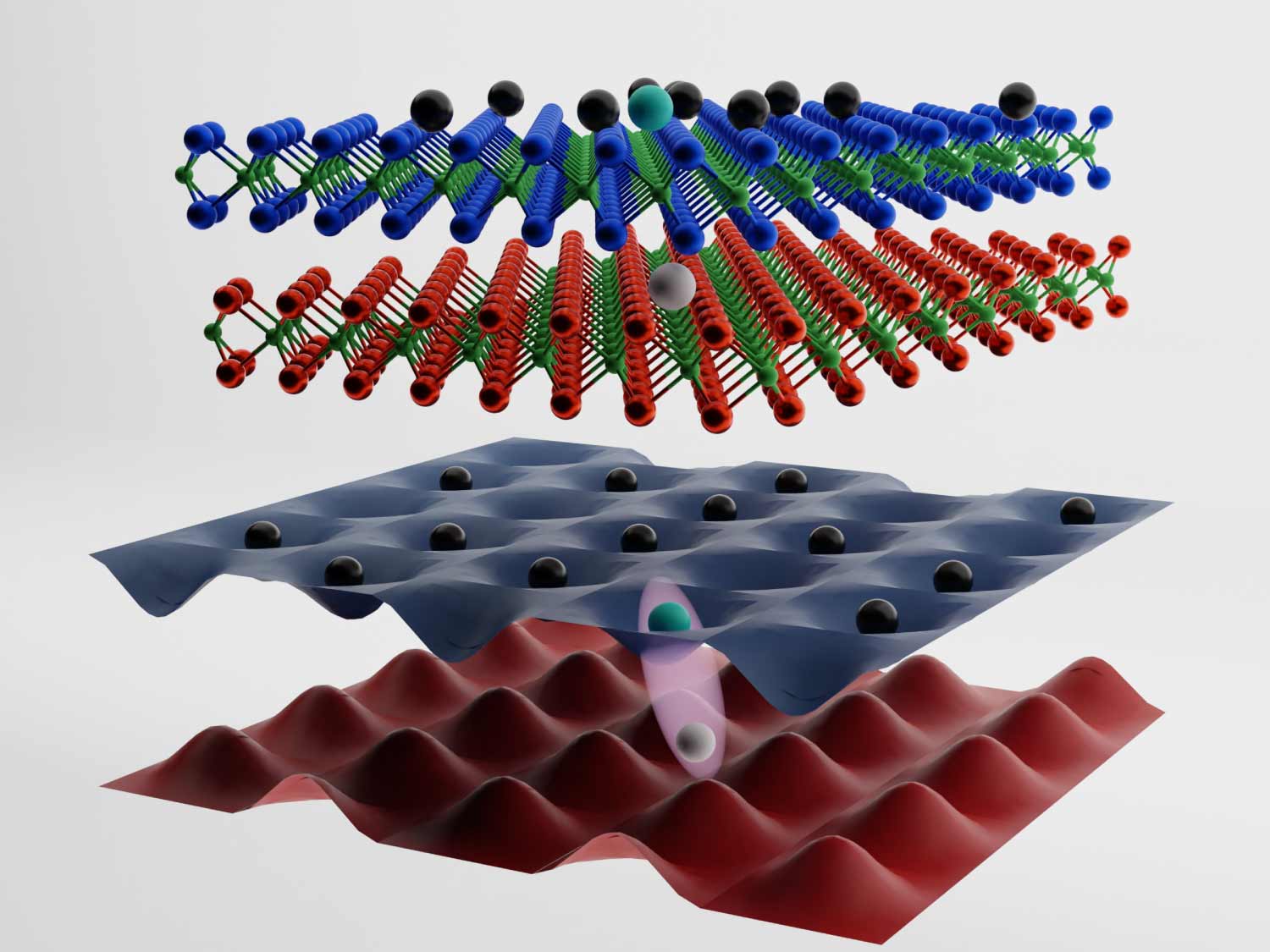News Story
ECE Faculty Participate in DoD MURI Research Projects
Electrical and Computer Engineering (ECE) faculty members will be conducting research in three new Multidisciplinary University Research Initiatives (MURIs) recently announced by the U.S. Department of Defense (DoD).
Provably-Safe Perception-Based Control of Autonomous UAS Operations around Complex, Unstructured Terrain
Prof. Timothy Horiuchi (ECE/ISR) and Prof. Sean Humbert (AE) are participating in an Office of Naval Research (ONR) MURI, “Animal Inspired Robust Flight with Outer and Inner Loop Strategies.” Maryland’s portion of the grant is $1.48 M. The lead institution for this MURI is the University of Washington, and the principal investigator is Kristi Morgansen. Besides Maryland, other institutions involved include Boston University and the University of North Carolina.
Humbert and Horiuchi’s portion of the grant combines experimental biological analysis with a mathematical framework and control algorithms to develop a single-chip sonar for autonomous unmanned aircraft systems. The team will investigate the sensing, actuation and robust flight kinematics of insects, using a video recording system inside a wind tunnel containing both natural and man-made obstacles. In addition, insects’ tethered-flight body and wing kinematics in response to simulated longitudinal and lateral changes will be video recorded inside a visual flight simulator. The researchers will develop a mathematical framework for echolocation and visual motion for robust environment perception, along with control algorithms based on a multimodal sensory processing framework. Finally, Horiuchi and Humbert will use neuromorphic VLSI techniques to develop a new single-chip sonar that will improve detection resolution in both range and azimuth.
Human-Machine Adversarial Networks
Professor John Baras (ECE/ISR) is participating in an Air Force Office of Scientific Research (AFOSR) MURI, “Multi-Layers and Multi-Resolution Networks of Interacting Agents in Adversarial Environments.” Maryland’s portion of this grant is $700K. The lead institution for this MURI is the University of Illinois, Urbana-Champaign, and the principal investigator is Tamer Basar. Besides Maryland, other institutions involved include Stanford University and the University of California, Berkeley.
Baras’s portion of the grant will develop systematic methods for multi-agent and networked control, which will further the idea of rapidly-mobile, multi-vehicle, unmanned aerial vehicle networks that can provide situational awareness on both a tactical and strategic scale. The research will provide a more sophisticated view of agent interactions and the information that is available to agents. In particular, the research will use multi-layer, multi-resolution game and team theory, as well as experimental gam theory, to address fundamental issues that arise in networked heterogeneous agents. These issues include complex interactions among agents, uncertainty, adversarial actions, trust, learning, humans-in-the-loop, information and communication, and design of architectures to facilitate generation and transmission of actionable information for performance improvement under different equilibrium solution concepts.
Rich Representations with Exposed Semantics for Deep Visual Reasonings
Prof. Rama Chellappa (ECE/UMIACS/CS) and Prof. Larry Davis (CS/ECE) are involved with a MURI titled "Rich Representations with Exposed Semantics for Deep Visual Reasonings." The MURI funding will support researchers at Carnegie Mellon University, University of Maryland, University of Illinois, Urbana-Champaign, and University of Pennsylvania.
The objective of this MURI is to develop techniques that can explain images and videos in common sense terms, interact with human operators, and adapt to new missions. Our research will focus on how to acquire flexible visual representations that can be shared across tasks and interpreted by humans. We will build datasets to learn these representations and develop tools to reason about them. An ideal vision system is quick, responsive and accurate, despite huge volumes of (mostly irrelevant) data; it can give sensible interpretations of unfamiliar objects, situations and events; it learns from experience and from human experts; and it conveys useful and reliable information to human operators. The key to our approach is an intermediate representation with explicit semantics, built around discriminative tasks and is motivated by the properties of visual processing that makes biological vision so effective.
The MURI's technical approach is organized around four thrusts. "Representing visual knowledge" in terms of shared properties means we can describe the the unfamiliar in terms of the familiar. "Reasoning with visual knowledge" using important structural relations and covariances to estimate object properties, then using the pool of contextual information about categories and scenes to refine these estimates."Acquiring visual knowledge" in immense quantities, which is an important component of that reasoning. And "communicating visual knowledge," which will allow operators explicitly to focus reasoning with goal information, and to understand the basis of conclusions drawn by our our reasoning techniques.
Maryland will receive 1.75M over five years to conduct this research.
Published July 21, 2010









